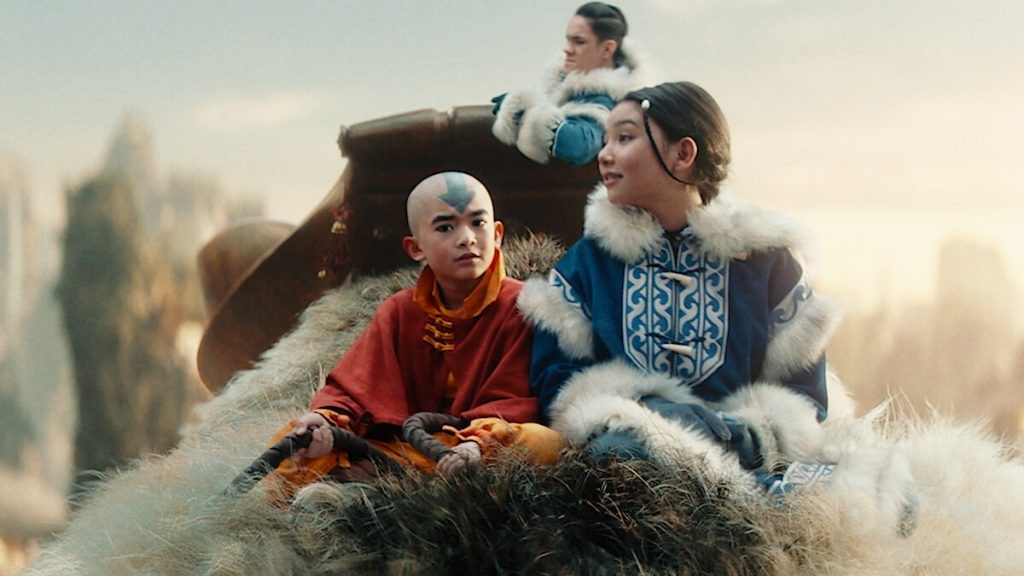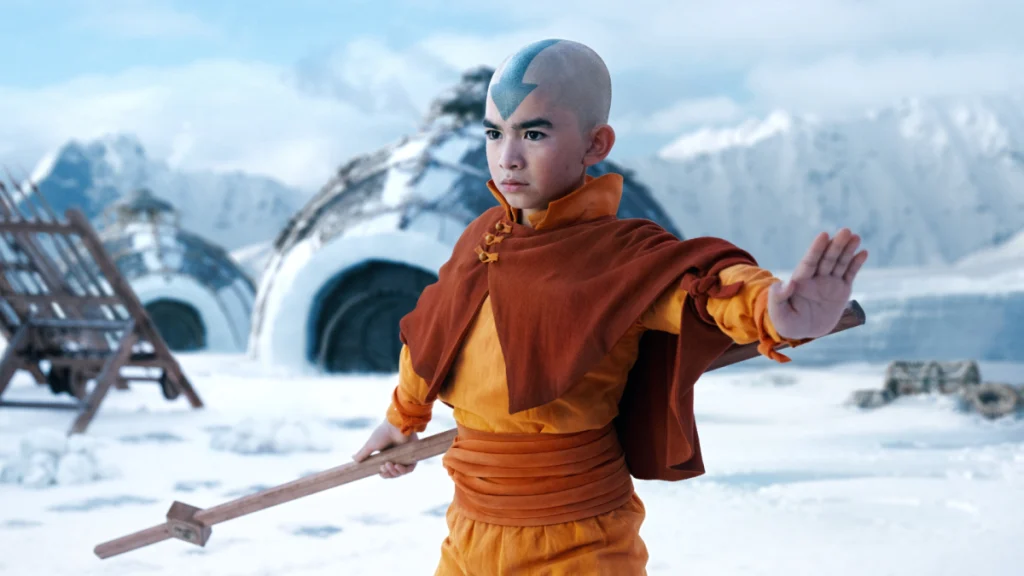Netflix’s adaptation of ‘Avatar: The Last Airbender’ introduces a twist by granting Aang a power he never mastered in the original series.
![]()
While surpassing the cartoon Avatar: The Last Airbender may seem impossible, aspiring to its level sets a high bar. Since its debut in February, Netflix’s live-action adaptation of the beloved Nickelodeon show has garnered positive reviews, despite introducing significant changes to the series.
From introducing Fire Lord Ozai much earlier in the series to flawlessly depicting Aang’s skilled flying abilities in the first season, it was a lot to take in, to say the least. But was it ultimately for the better or worse?

Why Did Netflix’s Avatar: The Last Airbender Give Aang Such Significant Airbending Power?
Flying without a glider in the Avatar: The Last Airbender universe was portrayed as nearly impossible, with Air Nomads utilizing a method where they control their fall with air bending. Actual flying is shown in the cartoon’s series sequel, The Legend of Korra, during Season 3 when Zaheer achieves the ability. And the funny part is Aang is never actually seen flying in the animated series, not without the help of Appa or his trusty glider!

Well, this change, thus, could imply several things. It might be to reflect Aang’s true age, which is 112, and the extent of his abilities as the Avatar. Alternatively, it could also demonstrate how Aang, despite being technically 12 years old, is capable of extraordinary feats and shouldn’t be underestimated. The answers to these questions may become clearer in the seasons to come.
Significant Changes Introduced by the Netflix Live Adaptation of the Hit Show
One significant change made by the Netflix adaptation of Avatar: The Last Airbender is the early introduction of Fire Lord Ozai. While the original animated series takes its sweet time to reveal, the face of the villain, and that is by book 3, the Netflix show does it much earlier in the first season. This decision can be speculated to have been made to explore the character’s relationships with his kids and enhance understanding of the motivations behind Zuko and Azula’s actions in a much more nuanced way.
While this introduces many other aspects that may or may not work out for the show, the early introduction of Ozai also brings Azula into the picture right away. This allows fans to witness the development of Zuko and her relationship on-screen. However, it also takes away from the dramatic impact of Azula’s introduction that the original show had.

The show intentionally, or unintentionally, also shifted its focus away from one of the most beloved parts of the original series, Katara and Sokka, keeping them somewhat one-dimensional and reducing their screen time. This also meant reducing Katara’s journey and training to focus more on Aang.
Although these changes may or may not work out, only the upcoming season can provide answers to the myriad questions raised by these significant alterations.
Avatar: The Last Airbender is now streaming on Netflix.





